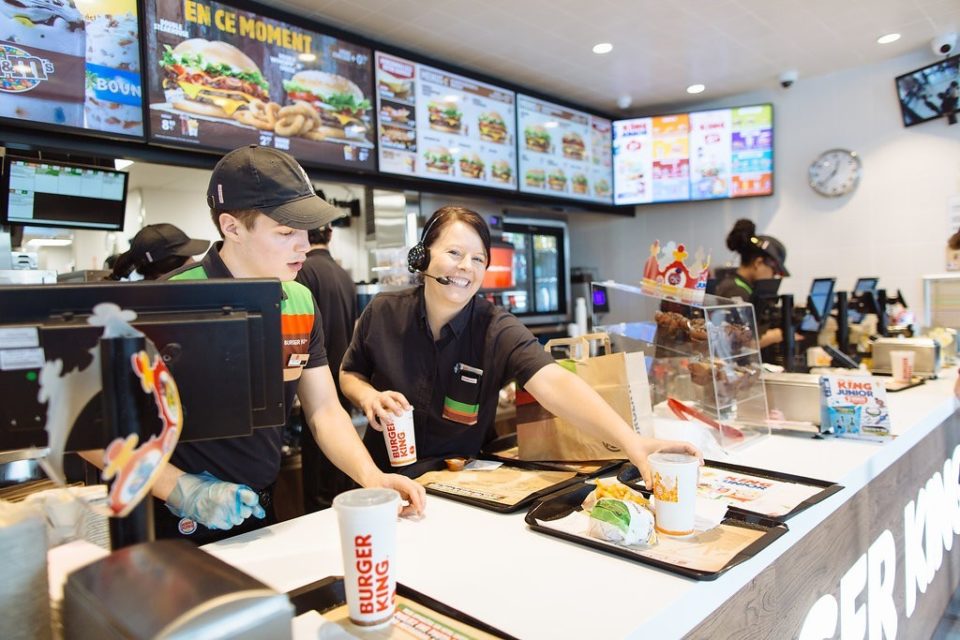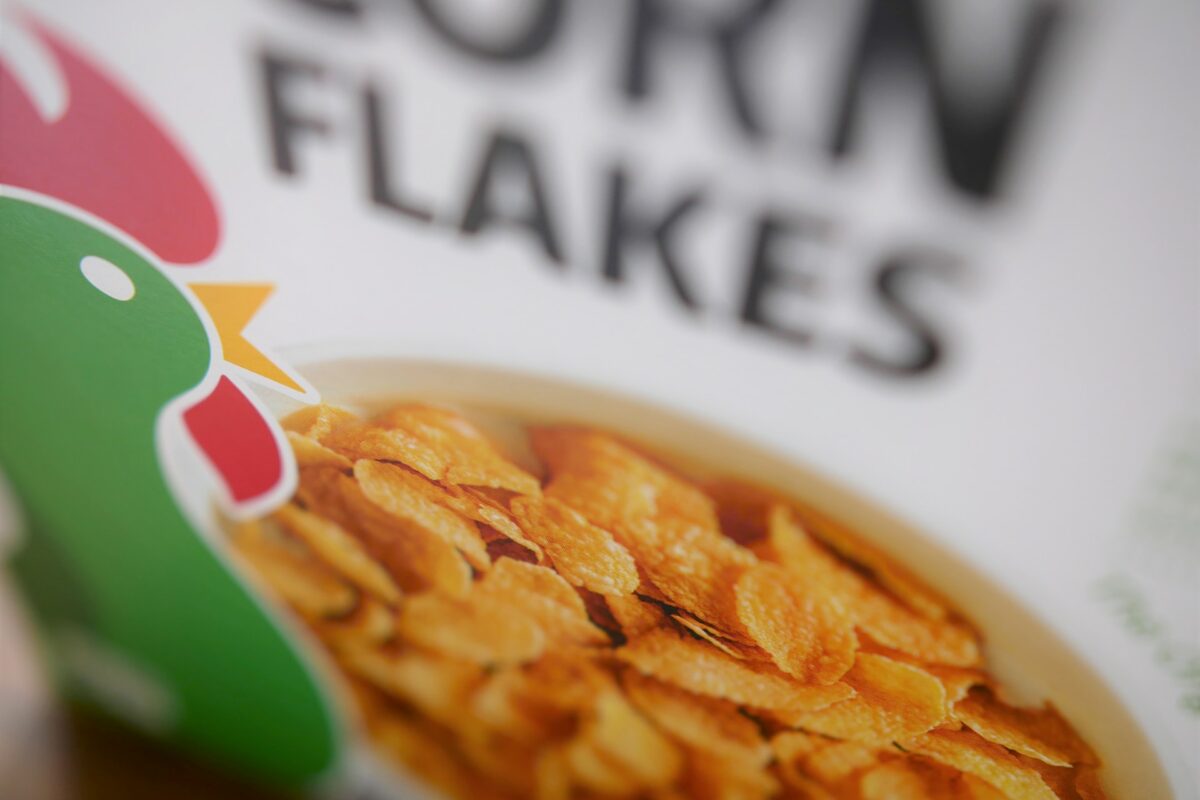We’ve pointed out several times here on Branding Strategy Insider that today’s most successful brands are built from the inside-out. Each powered by a culture that is fully committed to living the brand…and something more. A closer look reveals the importance of diversity and inclusion in this equation.
Go to a brand’s website, and you are likely to find a statement about diversity and inclusion. The larger a brand is, the more information is usually available. But just as Audi found out two years ago at the Super Bowl, brands that try to ride a cultural shift without being able to back it up, open themselves up for deserved outrage. But there’s also a flip side, where a brand allows itself to become so ideologically possessed by the trend, that it forgets how to conduct itself respectably.
One of the better definitions of these trendy words comes from Verna Myers over at Netflix who says, “Diversity is being invited to the party. Inclusion is being asked to dance.” In the workplace, diversity is about the ‘what’ and at the simplest level, this boils down to demographics such as gender, race, ethnicity, age, veteran status and sexual orientation. Inclusion is about valuing individual contributions and providing the opportunity for people to do their best work and advance.
Brands That Are Getting It Right
Speaking with students and faculty at New York University’s Tandon School of Engineering and the Stern School of Business in February of 2017, Microsoft’s Satya Nadella shared that, “an aspect we are focused a ton on is we say we want to empower the world, everyone and every organization. That means we have got to look like everyone and every organization in the world.”
Nadella continues, “Diversity and inclusion is huge. It obviously starts by having a workforce that is diverse, but inclusion is a cultural piece that we all have to work on every day. [Inclusion] shows up in every meeting, starting with me,” he says. “Am I able to conduct a meeting where everyone is able to contribute their best because we all come with different styles, we have different cultural upbringings, what makes us tick is different. So, you got to have leaders who are in-tuned with that.”
In a Forbes article, Rita Mitjans, ADP’s chief diversity and social responsibility officer, explains, “Great talent is always in demand, and organizations are in competition for top talent. Candidates evaluating whether to join an organization want to see others who look like them at the top and work in a culture that values different perspectives and supports authentic, respectful behaviors. All generations appreciate a culture of respect, fairness and inclusion — but Millennials are particularly drawn to this idea.”
And Target’s hiring pledge shows that culture is what leads when they say, “We believe diversity and inclusivity make teams and Target better. And we’ll live that belief as champions of a more inclusive society by creating a diverse and inclusive work environment, cultivating an inclusive guest experience, and fostering equality in society.”
Where It Goes Wrong
Back in May, the ridiculous pay gap at JWT was highlighted at the Creative Equals conference. JWT UK had the biggest gap in advertising at 44.7% in favor of the men, and speaking on stage at the conference, creative director Jo Wallace didn’t mince words. Emma Hall reported in More About Advertising that, “Wallace introduced herself as a gay woman and promised to “obliterate” JWT’s reputation as an agency full of white, privileged, British straight men creating traditional above-the-line advertising, saying [she] ‘loves a challenge.’”
But words have consequences. As Campaign reports, “It is understood that, shortly after the conference [a] group of men went to JWT’s HR department to express their reservations about what this meant for their career prospects. Just days later, they were told that they were being made redundant.” They have engaged legal advice and are claiming discrimination on the basis of gender, race, nationality and sexuality.
The problem with Wallace’s statement is that were you to replace “white, privileged, British straight men” with any other ethnic or gender generalization, jaws would drop. And while I did not attend the conference, I would bet that her statement was met with thunderous applause. This is problematic. The idea that ‘you’ve had your turn, now it’s our turn’ will only add to tribalism that will result into increased hostility or apathy. It’s already happening in the culture. Women are outperforming men in school and in the workplace because instead of redefining men’s roles in our progressive world, we are often ignoring or excluding them.
There’s a reason you don’t hear leaders like Satya Nadella or Howard Schultz singling out individual groups: it’s bad for the brand. Becoming more diverse and inclusive by purposefully excluding any group, even the dominant in-group, is neither diverse nor inclusive. It’s the same problem in a different context.
Remember, the whole of the brand is only as strong as the sum of its parts.
The Blake Project Can Help: Please email us for more about our purpose, mission, vision and values and brand culture workshops.
Branding Strategy Insider is a service of The Blake Project: A strategic brand consultancy specializing in Brand Research, Brand Strategy, Brand Growth and Brand Education




